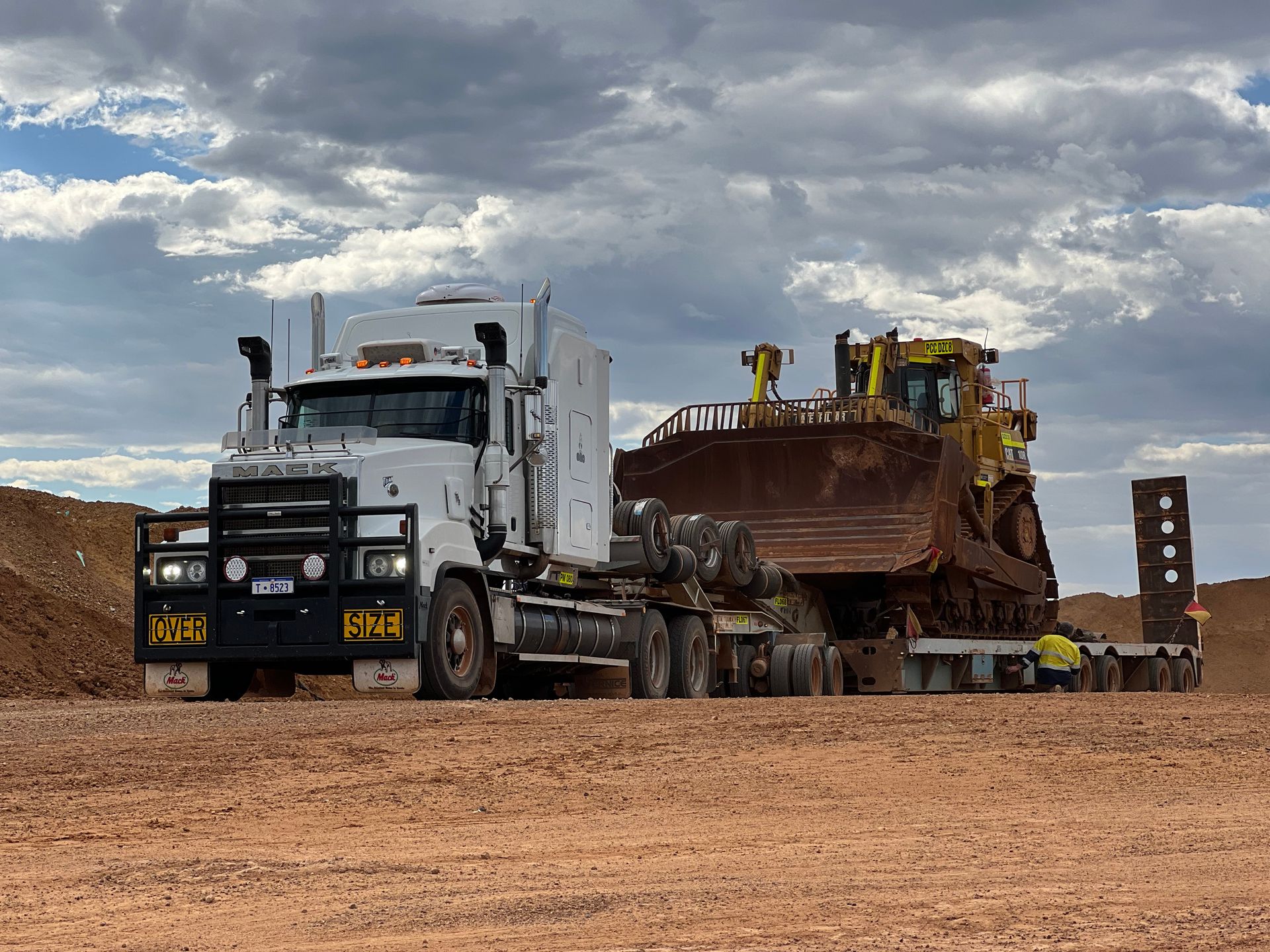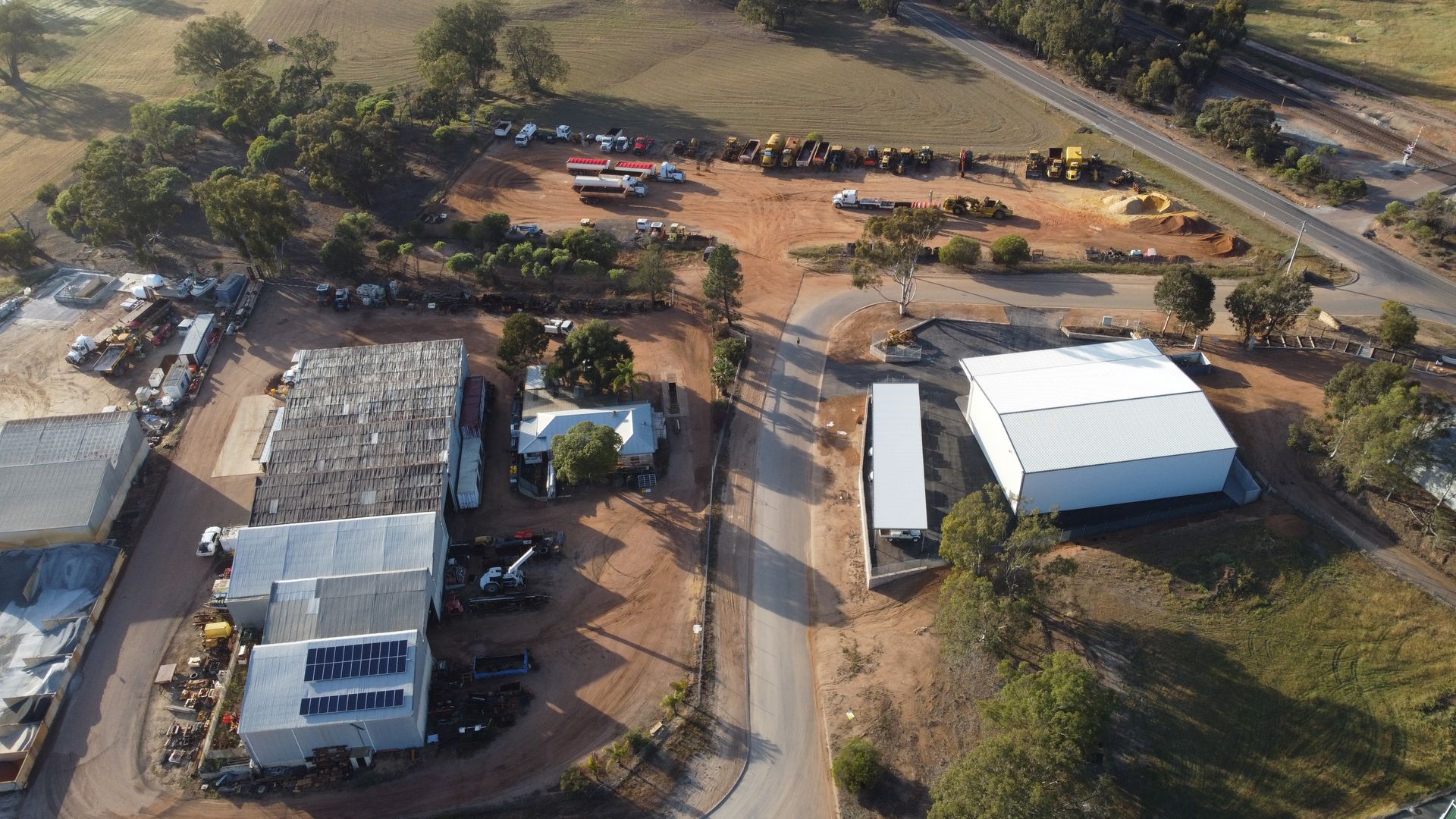What is a loader?
Loaders are heavy equipment machines utilised on construction worksites to move aside or load various materials such as asphalt, dirt, snow, feed, grave, raw materials, etc. Loaders can also be used on major mining or forestry projects within Australia. Today, we are seeing a wide increase of loader suppliers which are hiring loaders for either short-term, long-term or buying these machines used.
To ensure that you are hiring or buying a loader that is specific to your project, we have collected a 6 step guide of what you should be looking for when looking to hire or buy a loader.
6 Steps to inspecting a loader:
- Loader operational history
- Hydraulic system and engine
- Cabin and general operation
- Centre articulation point
- Frame, ROPS, FOPS
- Attachments and tech upgrades
- Loader operational history
Loader operational history
Before inspecting the loader itself, you should examine the machines operational history. The operational history usually includes how many hours the machine has been operated, what year the machine was manufactured, the working condition and the price. This is a great starting point as it will paint a bit of a picture before visually inspecting the loader.
Hydraulic system and engine
When inspecting if the specific loader is right for your project, the first visual check that should be conducted is examination of the hydraulic system and engine. As the hydraulic system is the most vital component of the loader, take your time ensuring everything is in excellent working order. Check the hose couplings for any splits, breaks or scratches which can cause leakage in the system. The cylinders also need to be examined for any sort of dents, leaks or holes as fluid leakage could also occur and contaminants may make their way in.
If the engine parts aren’t checked thoroughly, this could result in the loader not being able to function. Inspect the engine for any noticeable leaks and loose timing belts as this can result in the engine not starting. Air filter checks should also occur as prevention of debris entering the engine ensures longer engine life. The most recent service date should be recorded on the filter to ensure when the next service needs to take place.
Centre articulation point
The centre articulation point is another major aspect of a wheeled loader and can tell you the story of how well maintained the loader is. Located underneath the cabin midpoint, it goes through many elements which can lead to wear of the articulation point. If major wear is present, you could see and may experience shifts in the up-and-down movement of the top and bottom pins while being operated.
Cabin and general operation
In the cabin section, check for any loose grip holdings or an insecure ladder. Make sure to also take note of the condition of the seat, foot pedals and joysticks. Replacement for these features can be a bit costly, so ensure everything is in good working order.
Checking the operational system is essential in the longevity of the loader. Start off by turning the loader on, making note of how the machine sounds as well as checking that all the gauges are functional – this includes the back-up alarm. Check if there is a squeaking or unconventional noises when operating the bucket or other loader attachments, inspect if the machine has been lubricated or if there is internal damage.
Frame, ROPS, FOPS
Inspecting the structural integrity and framework of the loader will determine the safety of the machine, in the event of a machine rollover. If the loader comes with an enclosed canopy, check for cracking or other external damage that could lower a person’s safety. If however the machine does not come with the canopy, ensure that the roll over protection structure (ROPS) does not have bending or damage that could give way in the event of a rollover. When checking the falling object protective structure (FOPS), be sure to examine the side screens for any external damage that could cause harm to an operator.
Attachments and technology upgrades
Attachments and technology upgrades can generally add value to any loader, as long as they are in good condition. When it comes to inspecting the bucket for the loader, be sure to check for any missing, loose or worn-down teeth. If teeth are worn or missing from the bucket, the loader will struggle to lift or grab materials for the project needed. Moving on from the front, look at the side panels and make a note of any holes, cracks, splitting or repairs such as welding. This is a sign that the bucket has not seen regular maintenance and could affect your project’s workflow.
Contact the team at Vernice today
Vernice supplies and maintains a comprehensive selection of loaders as well as dozers, graders, excavators, skid steers, water carts and scrapers for all projects across Western Australia.
Enquire today on how we can provide you with the faultless loader for your project today.




